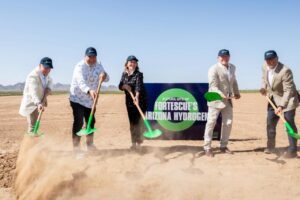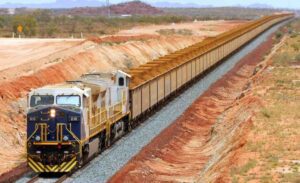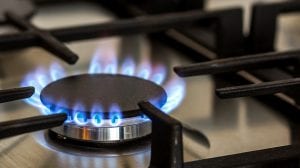Researchers from the University of Adelaide say they have successfully split seawater without pre-treatment to produce green hydrogen, a step that will hopefully pave the way for increased green hydrogen production without tapping into already scarce freshwater supplies.
Increasing attention has been paid to the role that green hydrogen can play in a larger, global green transition, especially as an alternative fuel source for vehicles and industry.
However, currently, modern electrolysers rely on highly purified water, which is a long-term problem given already critical freshwater sources around the globe, and the promise of greater scarcity in more places in the decades to come.
An international team of researchers led by the University of Adelaide’s Shizhang Qiao and associate professor Yao Zheng from the School of Chemical Engineering have reportedly successfully split seawater into green hydrogen without any pre-treatment processes.
The discovery could negate the current obstacles in using seawater to create green hydrogen.
“We have split natural seawater into oxygen and hydrogen with nearly 100% efficiency, to produce green hydrogen by electrolysis, using a non-precious and cheap catalyst in a commercial electrolyser,” said professor Shizhang Qiao.
Such a “non-precious and cheap catalyst” includes cobalt oxide with chromium oxide on its surface.
“We used seawater as a feedstock without the need for any pre-treatment processes like reverse osmosis desolation, purification, or alkalisation,” added associate professor Yao Zheng.
“The performance of a commercial electrolyser with our catalysts running in seawater is close to the performance of platinum/iridium catalysts running in a feedstock of highly purified deionised water.
“It is always necessary to treat impure water to a level of water purity for conventional electrolysers including desalination and deionisation, which increases the operation and maintenance cost of the processes.
“Our work provides a solution to directly utilise seawater without pre-treatment systems and alkali addition, which shows similar performance as that of existing metal-based mature pure water electrolyser.”
Turning away from increasingly scarce reserves of freshwater to the virtually infinite resource that is the planet’s oceans is unsurprising. However, seawater electrolysis is still in its early development phase due to electrode side reactions and corrosion arising from the use of seawater.
While this discovery will only work in locations with easy access to seawater – with Australia a big candidate, given its limitless coastline and green hydrogen ambition – there will obviously be some countries and locations where this method is impractical.
The University of Adelaide-led team will now seek to scale up their system by using a larger electrolyser. If this is accomplished, their system would be capable of working in commercial processes such as hydrogen generation for fuel cells and ammonia synthesis.










